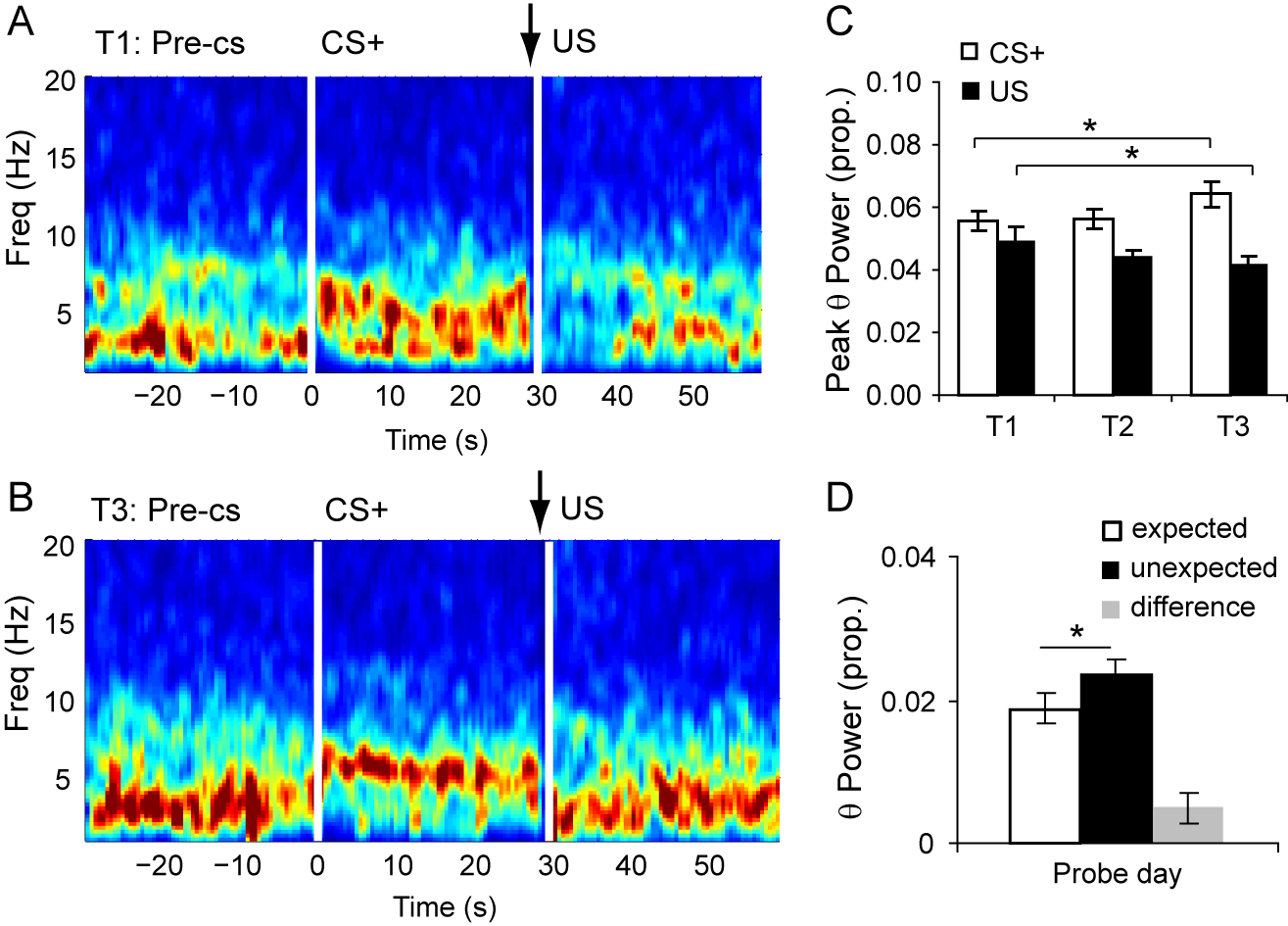Aversive prediction error signals in the amygdala.
Prediction errors represent the difference between what was expected and what actually happened. Prediction errors for rewards are believed to be encoded by dopamine neurons but the neural basis for aversive prediction errors is unknown. Here we show that activity patterns in the amygdala, a brain region necessary for aversive learning, are consistent with aversive prediction error signals.
Prediction error signals are fundamental to learning. Here, in mice, we show that aversive prediction signals are found in the hemodynamic responses and theta oscillations recorded from the basolateral amygdala. During fear conditioning, amygdala responses evoked by footshock progressively decreased, whereas responses evoked by the auditory cue that predicted footshock concomitantly increased. Unexpected footshock evoked larger amygdala responses than expected footshock. The magnitude of the amygdala response to the footshock predicted behavioral responses the following day. The omission of expected footshock led to a decrease below baseline in the amygdala response suggesting a negative aversive prediction error signal. Thus, in mice, amygdala activity conforms to temporal difference models of aversive learning.
